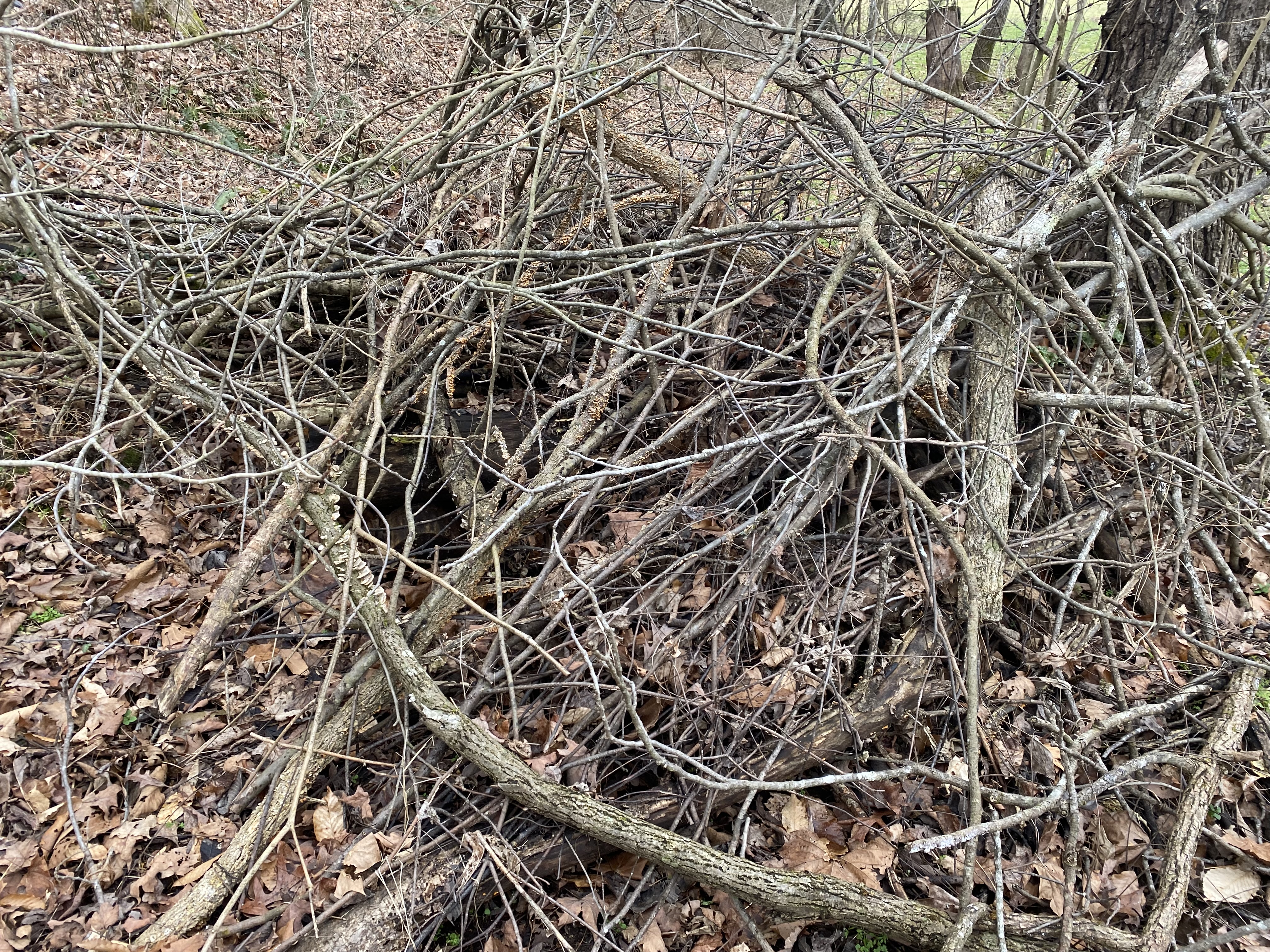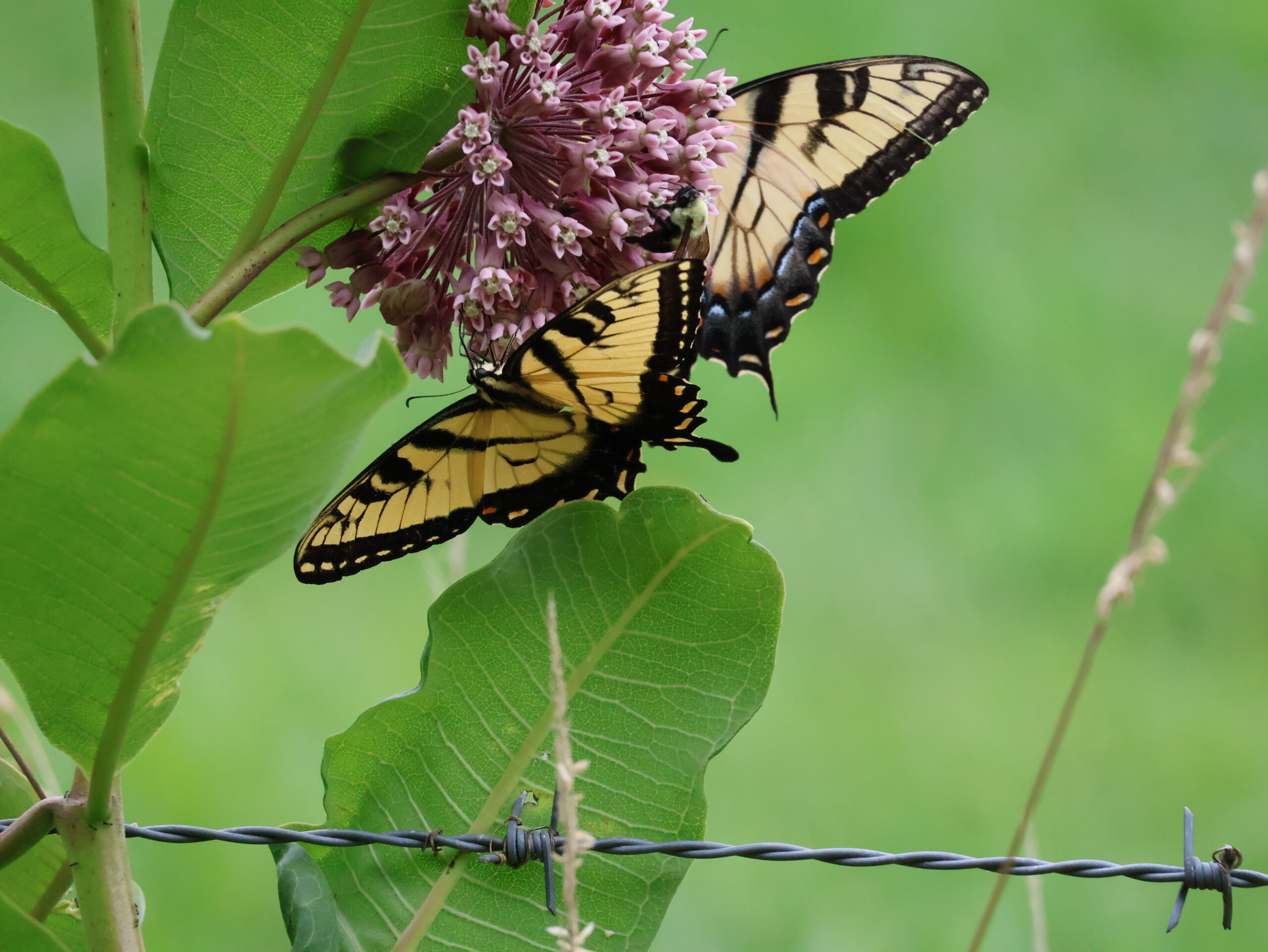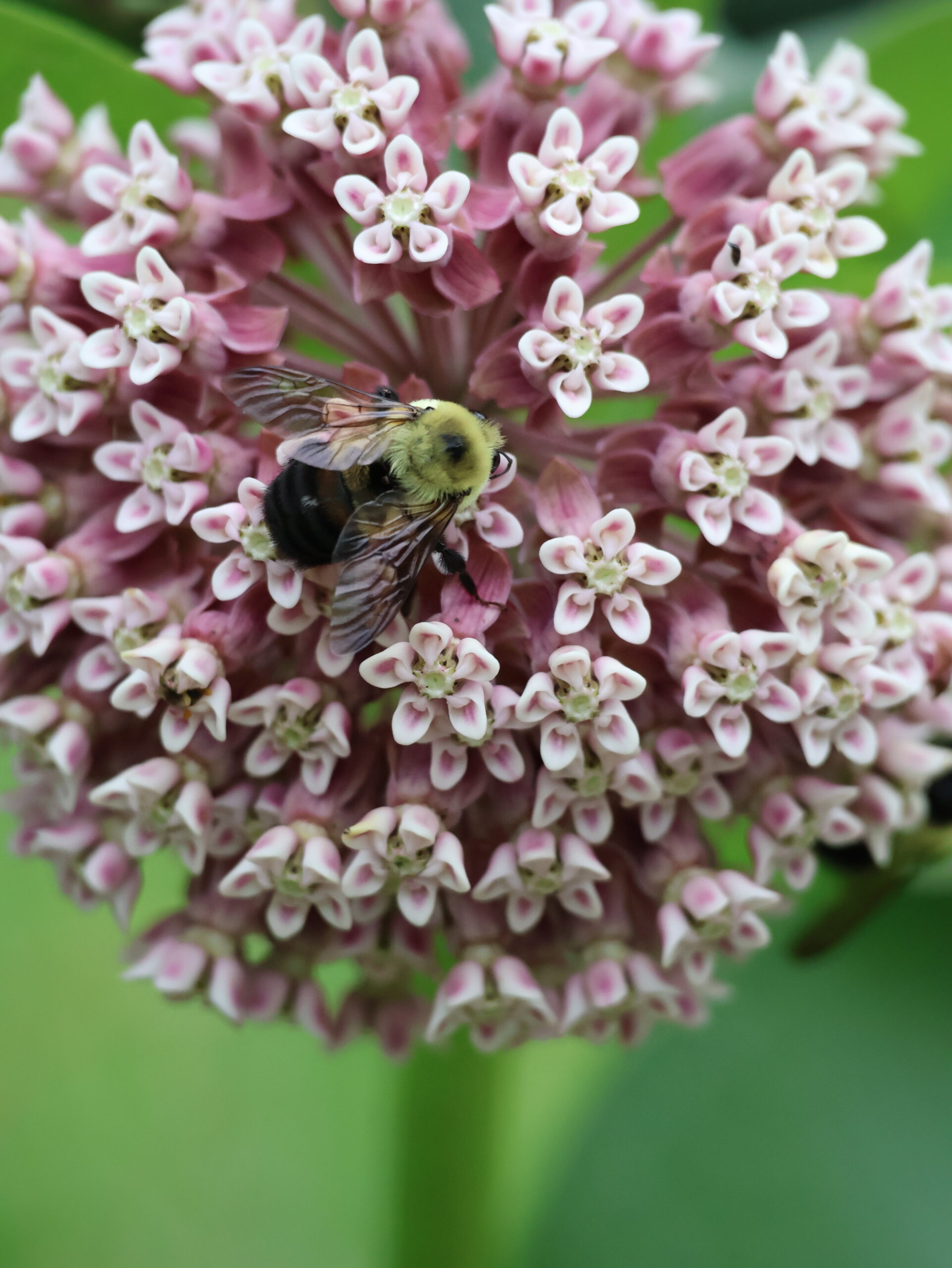As the vibrant hues of spring begin to paint our landscapes, many homeowners and property managers eagerly pull out their gardening tools, ready to tidy up after winter’s slumber. However, this enthusiasm for spring cleaning can inadvertently disrupt the lives of some of nature’s most crucial inhabitants: native pollinator species. By understanding the significance of these pollinators and adjusting our cleanup practices, we can contribute to a healthier, more sustainable environment.
(more…)Tag: conservation
-

The Impact of Invasive Plant Species on Our Environment
Understanding the Threat and How to Combat It
Invasive plant species pose a significant threat to our environment. Conservationists and environmentalists have long been concerned about their impact. Since the beginning of time, humans have often attempted to outsmart nature. When the Americas were discovered and migration began, people brought animals, plants, bees, culture, and diseases. Some of these imported wildlife species adapted well, while others were unsuited to the new environment. The same holds true for plant species. Tobacco, for example, became a cash crop for many years in the Carolinas, Virginia, and Kentucky, although it is not native to these areas. While tobacco required some effort to thrive, our focus here is on plant species that are not native but could and are causing significant problems in our environment.
(more…) -

The Role of Hunting in Wildlife Conservation and Population Control
Wildlife conservation is a complex balance of managing species populations, protecting habitats, and ensuring that no single species overwhelms an ecosystem. While many people think of conservation as simply preserving wildlife, true conservation requires active management—including hunting. Overpopulation of a species can be just as detrimental as habitat destruction, as it leads to food shortages, increased disease transmission, and ecological imbalance.
(more…) -

Enhancing Wildlife Habitat: Constructing Brush Piles on Your Property
Create a small game haven
Constructing brush piles on areas of your property that are unsuitable for tillage or hay production can significantly benefit local wildlife. These organic structures, which are often composed of branches, twigs, leaves, and other natural debris, serve as excellent shelters for various small game animals. On our farm, we have built three brush piles on the edge of the woods, and the results have been remarkable. Before their construction, sightings of cottontail rabbits were scarce. However, since we created these brush piles, there has been a significant increase in the number of cottontails observed, showcasing the immense value of these structures for wildlife refuge.
(more…) -

Monarch Butterfly Conservation: A Haven for Pollinators
I know there aren’t any Monarchs in my photos but I like to use my own photos and I didn’t get any Monarchs,
Creating a Safe Habitat for Monarch Butterflies and Other Wildlife
Monarch butterflies are among the most beloved and visually striking insects in North America. Known for their extraordinary migration journey, these butterflies travel thousands of miles from Canada and the United States to central Mexico every year. However, the monarch butterfly population has been in decline due to habitat loss, climate change, and the widespread use of pesticides. Conservation efforts are crucial to ensure the survival of these magnificent creatures and to maintain the delicate balance of our ecosystem.
(more…) -

The Vital Role of Pollinators in Our Ecosystem
Ensuring a Sustainable Future Through Pollinator-Friendly Practices
Pollinators play a crucial role in maintaining the health of our ecosystem and the productivity of our agricultural systems. Their work in pollinating plants is essential for the production of fruits, vegetables, and seeds, which form the foundation of our food supply. While the Honeybee was supposed to be the focus of this article, the Bumblebee is currently of greatest concern to the national Fish and Wildlife Service, I learned while researching for this article that the honeybee population is actually larger than it’s ever been, it turns out that the native pollinators are what’s in trouble. Did you know that the honeybee is not native to North America?
(more…) -

The Heart of Conservation
The most vital part of our future
The task of conservation is not without its difficulties, yet it remains essential and deeply rewarding.
What does the idea of conservation mean to you? When this country was founded, it was a land of plenty: forests, abundant wildlife, and a vast expanse of mostly uninhabited lands. However, as settlers arrived, the wild lands began to diminish, illustrating the challenges we face in conserving our natural heritage. The task of conservation is not without its difficulties, yet it remains essential and deeply rewarding, reminding us of the value and beauty of preserving what wilderness remains. Are you doing your part?
The Early Days of Conservation
As the world gets ever more crowded and the natural habitat of wildlife is consistently depleted, it is our responsibility to ensure the protection of wildlife species. The landscape of North America was once a wilderness with enough habitat to support vast populations of wildlife. With the discovery of this “New World,” an influx of people began to immigrate, and they were all looking for space of their own. At the beginning of this nation, there seemed no end to the expanse of land it offered. Soon, however, cities began to grow larger and take up more space, so settlers moved westward.
(more…)
